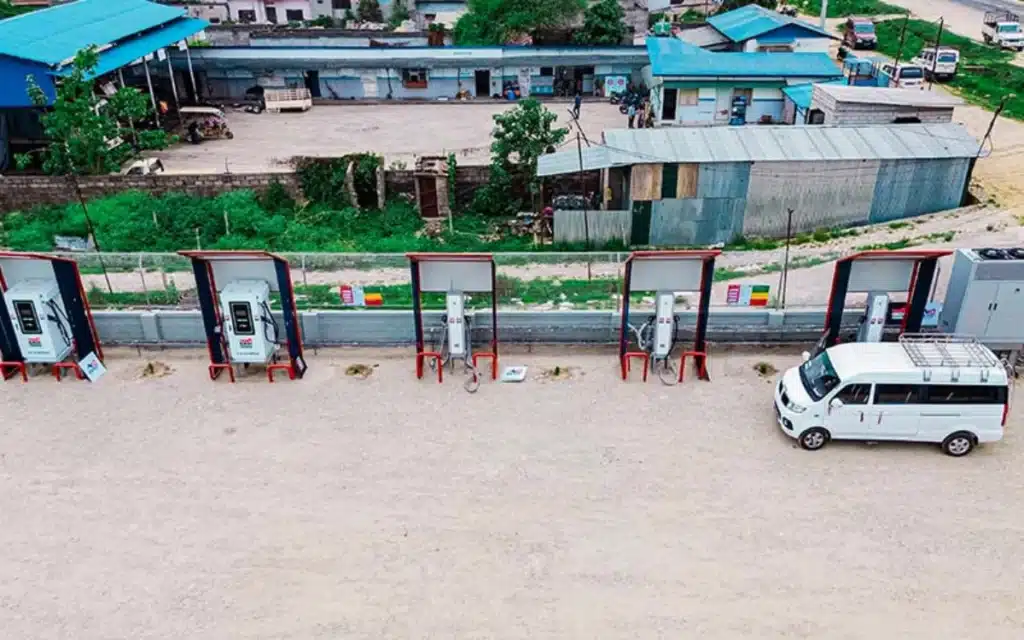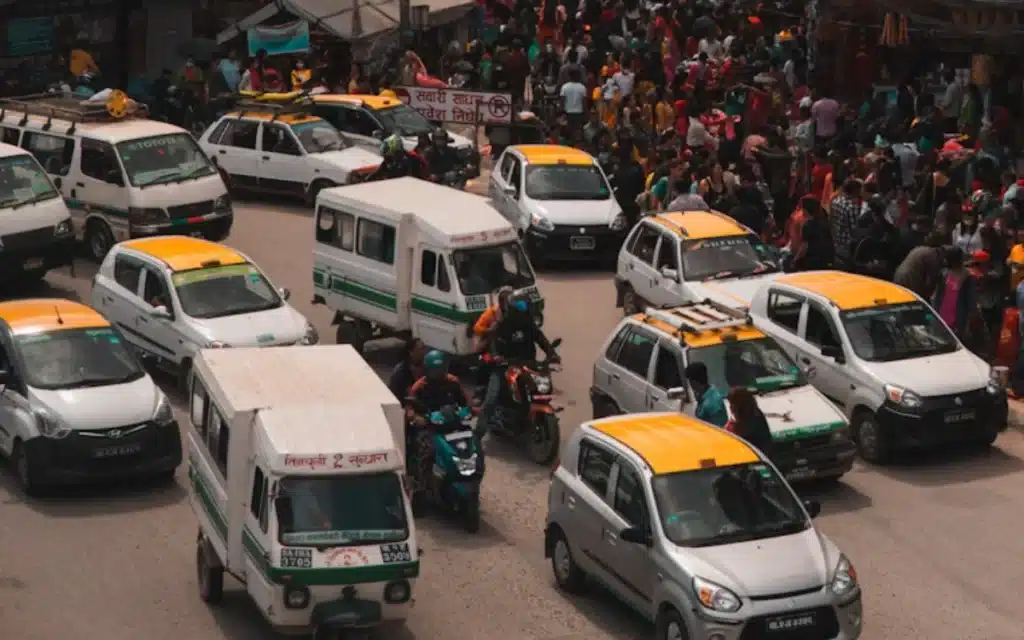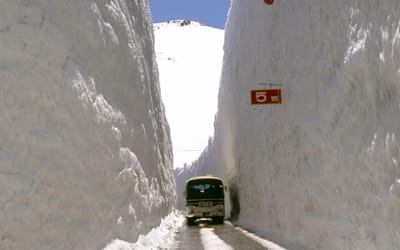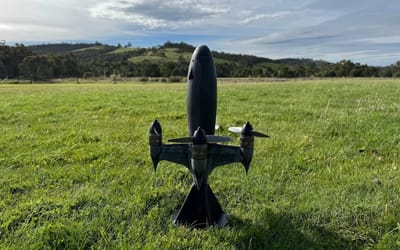There's a country where 76% of all its car sales are electric, the average for all countries is 20%
Published on Aug 02, 2025 at 10:34 AM (UTC+4)
by Jason Fan
Last updated on Jul 30, 2025 at 9:09 PM (UTC+4)
Edited by
Emma Matthews
Nepal, a country better known for its mountains than its motorways, is now quietly leading a global shift toward EVs.
In 2024, 76 percent of all passenger vehicles sold in Nepal were electric. It’s a figure that far surpasses the global average of 20 percent.
Just five years ago, EVs were virtually nonexistent in the Himalayan nation.
Today, thanks to bold government policies, hydropower, and a wave of affordable Chinese EVs, Nepal’s transformation is speeding ahead.
VISIT SBX CARS – View live supercar auctions powered by Supercar Blondie
EVs were the result of a national crisis
The shift started with a crisis.
In 2015, a border blockade with India cut off much of Nepal’s gas supply.
In response, the government doubled down on hydropower investment, using its abundant rivers to fuel the nation.
Nearly all homes now have electricity, and with reliable power came the push to electrify transportation.
To make EVs affordable in a low-income economy, the government slashed import taxes for electric cars to a maximum of 40 percent, compared to 180 percent for gas-powered models.
This made EVs cheaper to own and operate, as charging costs are about 15 times less than fueling with gas in the landlocked nation.
The Nepal Electricity Authority built dozens of public chargers and even handed out transformers to businesses willing to install their own.
Today, there are more than 1,200 public chargers across the country.

In a way, Nepal is following in the footsteps of Norway, a country widely considered to be the world’s most EV-friendly country.
Norway has over 27,000 public fast chargers, so it’s not surprising that 97 percent of all new cars sold there are EVs.
Much of Nepal’s EV boom has been powered by Chinese manufacturers, including BYD, which now dominates the local market with models designed for rough terrain with a long range.
BYD isn’t just dominating the Nepalese market either; the company recently surpassed Tesla globally in the EV market, and its cheapest EV sold one million units in just over two years.
Auto dealers say they simply can’t compete with the price and quality of Chinese EVs, which isn’t that surprising, given that BYD’s $10,000 EV is a hit back home.
Public transport is mostly gas-powered
But some concerns remain: unclear policies on battery recycling, rising tariffs, and shifting political priorities could slow progress.
Crucially, while private EV adoption is high, most Nepalis rely on motorbikes and buses, which still run on fossil fuels.
More rural residents may even have to resort to using a DIY cable bus as transportation.

Public transit remains the missing piece.
Nepal has begun adding electric buses, with 41 now operating and 100 more on the way from China.
Experts say at least 800 are needed to truly clean the air in congested Kathmandu.
Despite the challenges, Nepal’s EV experiment shows what’s possible when clean energy meets smart policy.
The country is proving that rapid electrification doesn’t just belong to wealthy nations; it’s a viable path for developing countries too.
DISCOVER SBX CARS: The global premium car auction platform powered by Supercar Blondie
Jason Fan is an experienced content creator who graduated from Nanyang Technological University in Singapore with a degree in communications. He then relocated to Australia during a millennial mid-life crisis. A fan of luxury travel and high-performance machines, he politely thanks chatbots just in case the AI apocalypse ever arrives. Jason covers a wide variety of topics, with a special focus on technology, planes and luxury.




